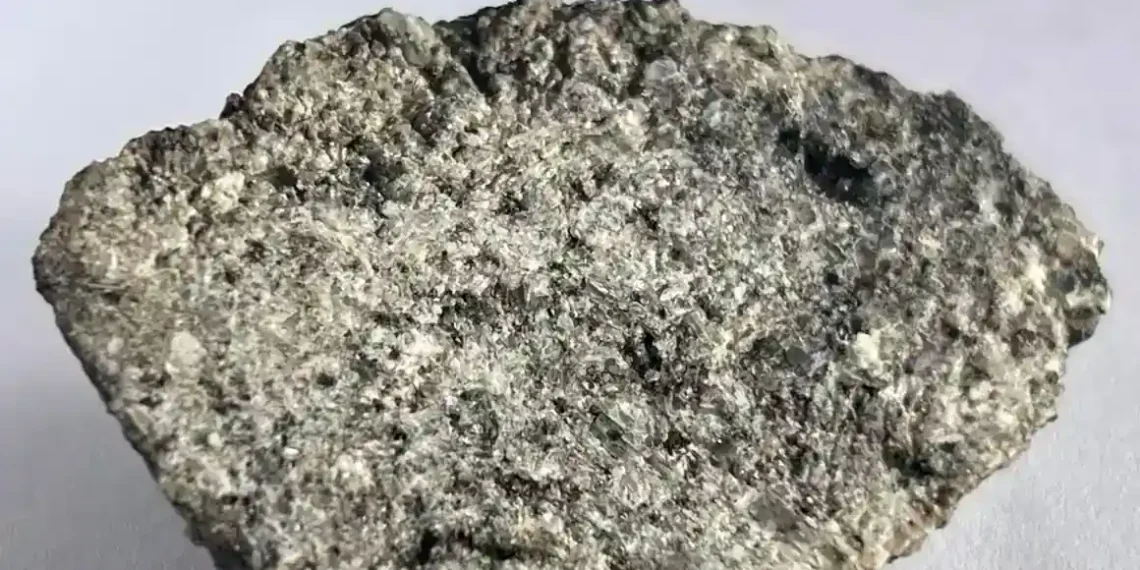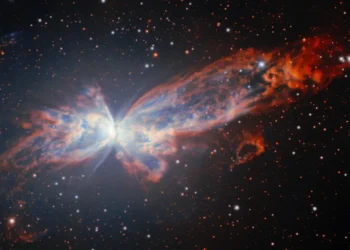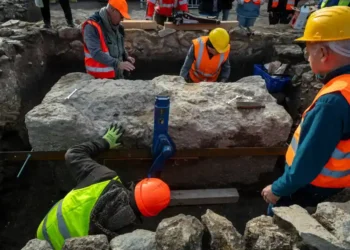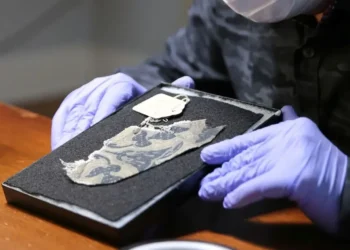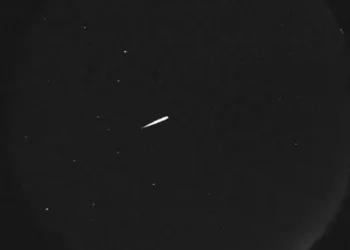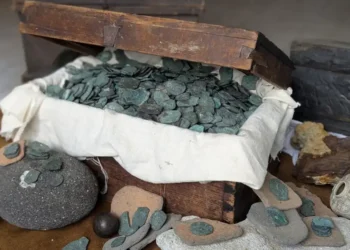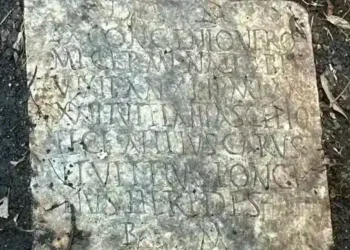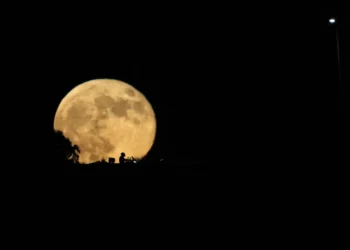Scientists Eye Sahara Meteorites as Possible First Fragments of Mercury
Rare Clues From the Sun’s Nearest Neighbor
Two space rocks discovered in the Sahara Desert last year could be the first confirmed meteorites from Mercury, the solar system’s least‑sampled rocky planet. Early laboratory tests suggest the specimens—cataloged as Northwest Africa 15915 (NWA 15915) and Ksar Ghilane 022 (KG 022)—share key chemical signatures with data returned by NASA’s MESSENGER orbiter. If proven, the find would give researchers their first physical window into Mercury’s makeup.
Why Mercury Samples Are So Elusive
Mercury’s proximity to the Sun makes spacecraft missions difficult and sample return missions nearly impossible. Only two probes—Mariner 10 and MESSENGER—have ever orbited the planet, and Europe’s BepiColombo will not arrive until late 2026. Unlike the Moon and Mars, which have delivered more than 1,100 recognized meteorites to Earth, Mercury has never been definitively linked to a terrestrial rock.
Chemical Fingerprints Point to the Innermost Planet
Lead author Ben Rider‑Stokes of the UK’s Open University says both Sahara meteorites contain olivine and pyroxene—iron‑poor minerals MESSENGER detected on Mercury’s crust. The samples also show an extreme scarcity of iron, matching the planet’s surface profile. Those traits separate the new finds from other Mercury contenders, such as the much‑debated NWA 7325 and a class of meteorites known as aubrites.
The Age Problem
One sticking point: radiometric dating pegs the meteorites at 4.5 billion years old, roughly half a billion years older than Mercury’s most recent surface. Rider‑Stokes argues the age gap may reflect uncertainties in MESSENGER’s crater‑counting models, not a true mismatch. Until a sample‑return mission rewrites the timeline, the debate is likely to persist.
Skepticism From MESSENGER’s Lead Scientist
Former MESSENGER principal investigator Sean Solomon remains unconvinced. He notes the age discrepancy and warns that chemically “Mercury‑like” does not automatically mean Mercurian. Still, Solomon concedes the rocks’ sulfur‑rich, iron‑poor composition could trace back to the planet’s primordial building blocks—an insight valuable even if the stones never touched Mercury’s surface.
What Comes Next
The findings, published in Icarus and up for discussion at this week’s Meteoritical Society conference in Perth, are sure to energize planetary scientists. BepiColombo’s high‑resolution instruments could soon refine Mercury’s chemical portrait, giving researchers a stronger benchmark to confirm—or refute—the Sahara candidates.
For now, the two desert meteorites remain tantalizing outliers: either the first visitors from the Sun’s scorched world, or rare relics of the material that once forged it. Either way, they promise fresh clues to the early solar system and the forces that shaped its innermost planet.
This article was rewritten by JournosNews.com based on verified reporting from trusted sources. The content has been independently reviewed, fact-checked, and edited for accuracy, neutrality, tone, and global readability in accordance with Google News and AdSense standards.
All opinions, quotes, or statements from contributors, experts, or sourced organizations do not necessarily reflect the views of JournosNews.com. JournosNews.com maintains full editorial independence from any external funders, sponsors, or organizations.
Stay informed with JournosNews.com — your trusted source for verified global reporting and in-depth analysis. Follow us on Google News, BlueSky, and X for real-time updates.
